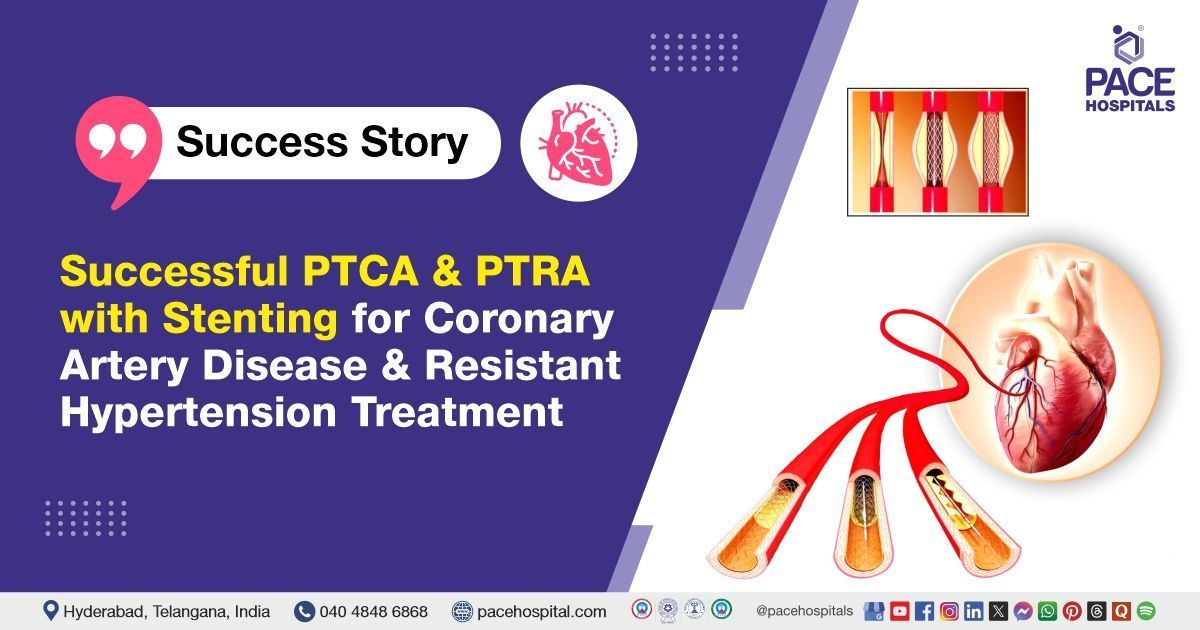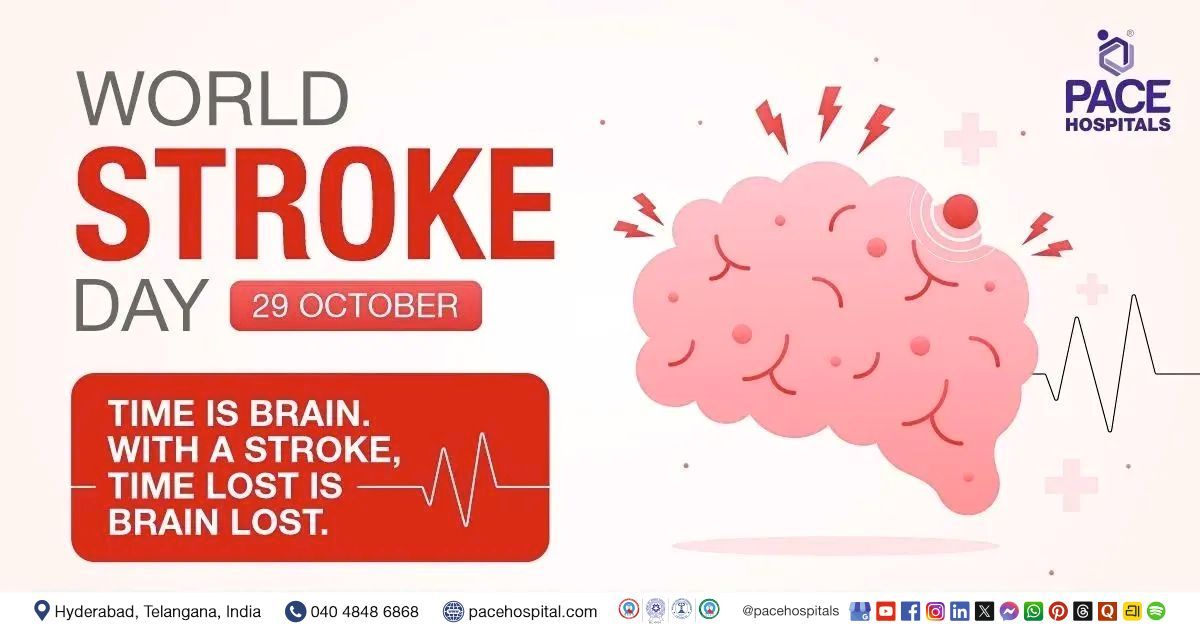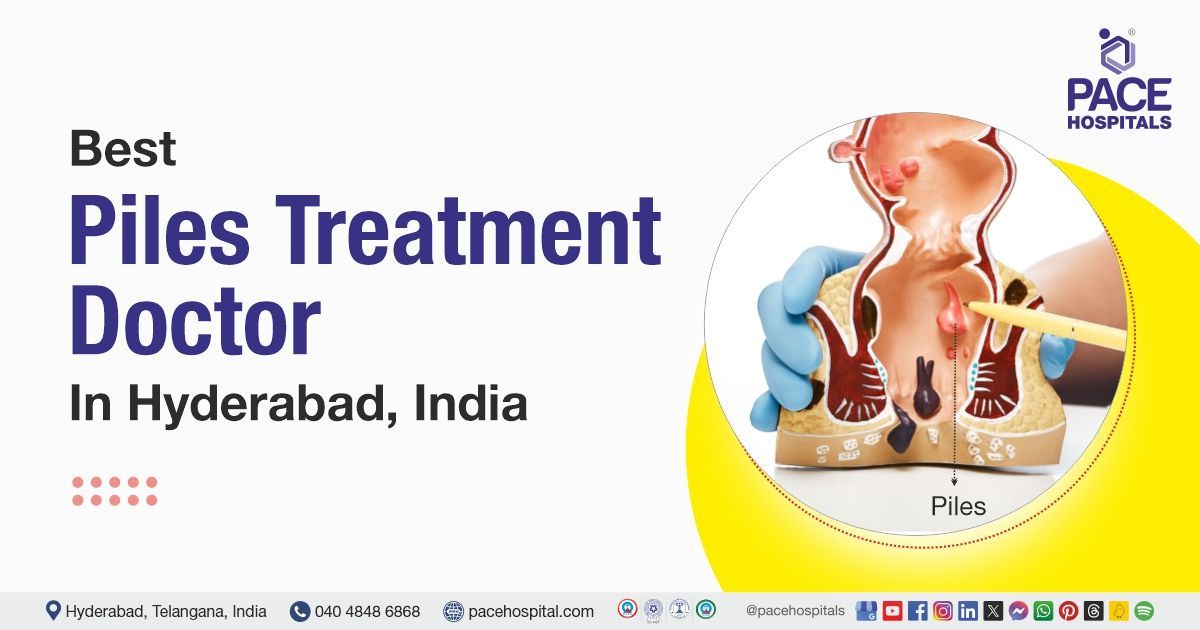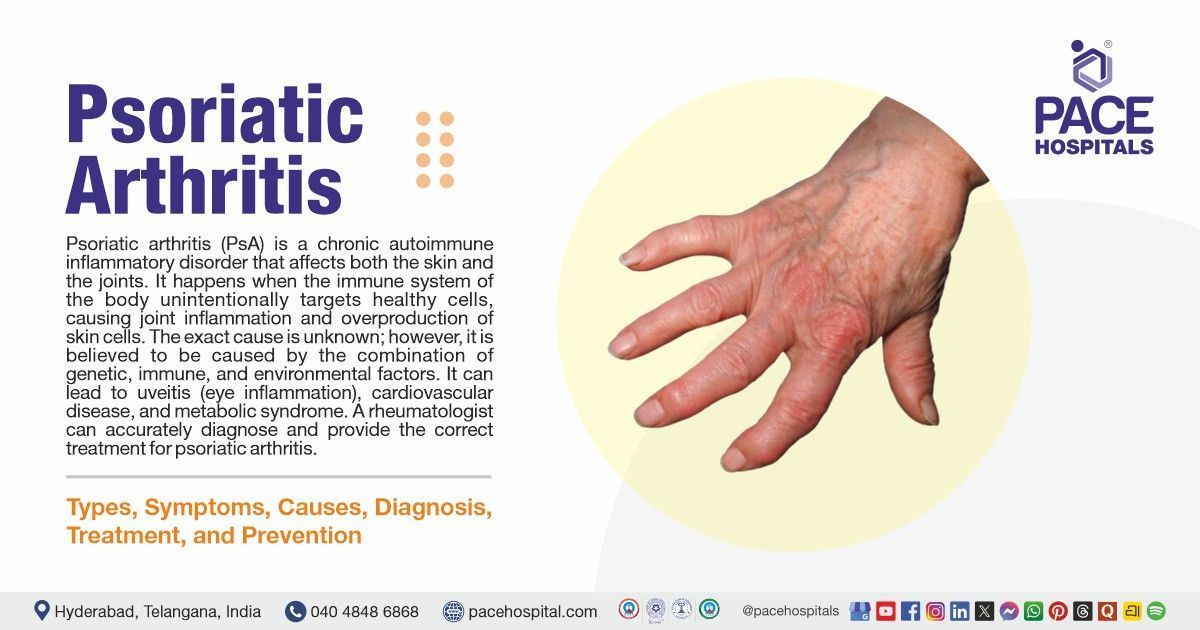Successful PTCA & PTRA with Stenting for CAD & Resistant Hypertension Treatment
PACE Hospitals’ Cardiology Team Successfully Performs
CAG, RAG, PTCA, and PTRA with Stenting to Manage Coronary Artery Disease (CAD) and Resistant Hypertension, Mitigating Future Risks.
Chief complaints
An 86-year-old female patient with complaints of dizziness for two weeks presented to the consultant cardiologist, Dr. Sashi Vardhan Janjirala, at
PACE Hospitals, Hitech City, Hyderabad.
Medical history
Upon further investigation, it was understood that the patient is a known case of heart failure with preserved ejection fraction (HFpEF) and acute decompensated heart failure (ADHF). This condition occurs when a patient exhibits signs and symptoms of heart failure but maintains a preserved ejection fraction. The patient had a history of several medical conditions, including bronchial asthma,
chronic kidney disease (CKD), and a previous cerebrovascular accident (CVA). Additionally, there was no known history of food or drug allergies.
Diagnosis
Laboratory findings showed all parameters were within normal limits. Based on the detailed investigations, the patient was diagnosed with CAD with resistant Hypertension (HTN), where coronary artery disease (CAD) indicates the presence of blockages or narrowing of the coronary arteries, which can lead to reduced blood flow to the heart muscle, potentially causing chest pain or heart attacks. Resistant Hypertension (HTN) suggests that the patient's high blood pressure is difficult to control, despite taking multiple medications.
The patient had previously undergone Percutaneous Transluminal Coronary Angioplasty (PTCA) to the Left Anterior Descending Artery (LAD) and Percutaneous Transluminal Renal Angioplasty (PTRA) to treat a narrowing in the left renal artery.
In addition, the diagnosis includes Heart Failure with Preserved Ejection Fraction (HFpEF). In this condition, the heart is unable to relax and fill properly, resulting in fluid buildup. At the same time, Acute Decompensated Heart Failure (ADHF) is a sudden worsening of heart failure symptoms, causing difficulty in breathing and fluid retention.
Treatment
After consulting with cardiology expert Dr Seshi Vardhan Janjirala, it was concluded that a combination of interventions would be the most effective approach to address the patient’s coronary and renal artery issues. The goal was to improve blood flow and manage the patient’s resistant hypertension while carefully minimizing risks and ensuring long-term stability.
Given the diagnosis of coronary artery disease along with multiple comorbidities, the decision was made to perform targeted procedures to treat both heart and kidney issues.
First, Coronary Angiography (CAG) and Renal Angiography (RAG) were carried out to assess the blockages in the coronary arteries and the narrowing of the left renal artery. Following these diagnostic procedures, Percutaneous Transluminal Coronary Angioplasty (PTCA) was performed to open the blocked Left Anterior Descending (LAD) artery using a balloon, followed by the placement of a stent to maintain proper blood flow. Similarly, Percutaneous Transluminal Renal Angioplasty (PTRA) was done to widen the narrowed left renal artery, and a stent was placed to ensure continuous circulation.
The cardiologist performed PTCA and PTRA again because the patient may have experienced new blockages or restenosis (re-narrowing) of the previously treated arteries, which could have compromised blood flow. Given the patient’s ongoing hypertension and coronary artery disease, additional interventions were necessary to ensure proper circulation and manage the patient’s condition effectively.
These minimally invasive procedures were performed through small incisions, avoiding the need for open surgery. The interventions successfully restored blood flow to both the heart and kidneys, aiding in managing the patient’s hypertension and reducing the risk of further complications, ultimately stabilizing the patient’s condition and improving long-term health outcomes.
The patient likely consulted the ENT doctor due to issues related to vertigo or balance disorders, as indicated by the prescription of medications like Spinfree (Flunarizine) and Vertin (Betahistine), commonly used to treat dizziness and vertigo.
Additionally, the Dewax ear drops suggest that the patient may have had an ear wax buildup, which could contribute to symptoms such as hearing loss or discomfort, prompting the consultation.
Discharge notes
The patient was discharged in a hemodynamically stable condition. Statins, Anti-platelet drugs, Betablockers, Muscle relaxants, Antihistamines, and Calcium channel blockers were prescribed to the patient as discharge medications.
Post discharge follow up
The patient was also instructed to contact PACE Hospitals in case of fever, abdominal pain, or vomiting. After 1 week, the patient was asked to follow up with Dr. Seshi Vardhan Janjirala in the outpatient department with a histopathology (HPE) report and Dr Shwetha Anand after three days in OPD with a prior appointment.
Share on
Request an appointment
Fill in the appointment form or call us instantly to book a confirmed appointment with our super specialist at 04048486868











